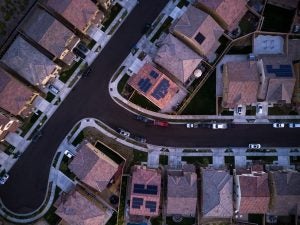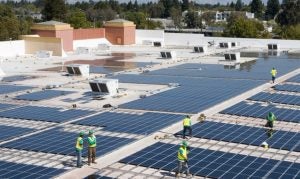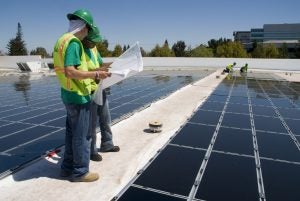 California and New York often steal the spotlight on cleantech innovation, but those in the know are keeping their eye on Illinois.
California and New York often steal the spotlight on cleantech innovation, but those in the know are keeping their eye on Illinois.
The energy sector has been undergoing rapid change in the Land of Lincoln, thanks to a slew of innovative initiatives. More than ever before, Illinois’ buildings are more efficient, its electric grid is more modern, and its electricity use is smarter. And the state is just getting started.
Powering all of the buildings in the United States costs over $400 billion a year. Many of these buildings were built long before modern energy codes and, therefore, use more power than they should. This gap presents a ripe opportunity: The retrofit industry is now valued at $20 billion, and Illinois is paying attention. The state topped the list of most LEED-certified buildings from 2013–2015, and has remained in the top 5 since. Read More




